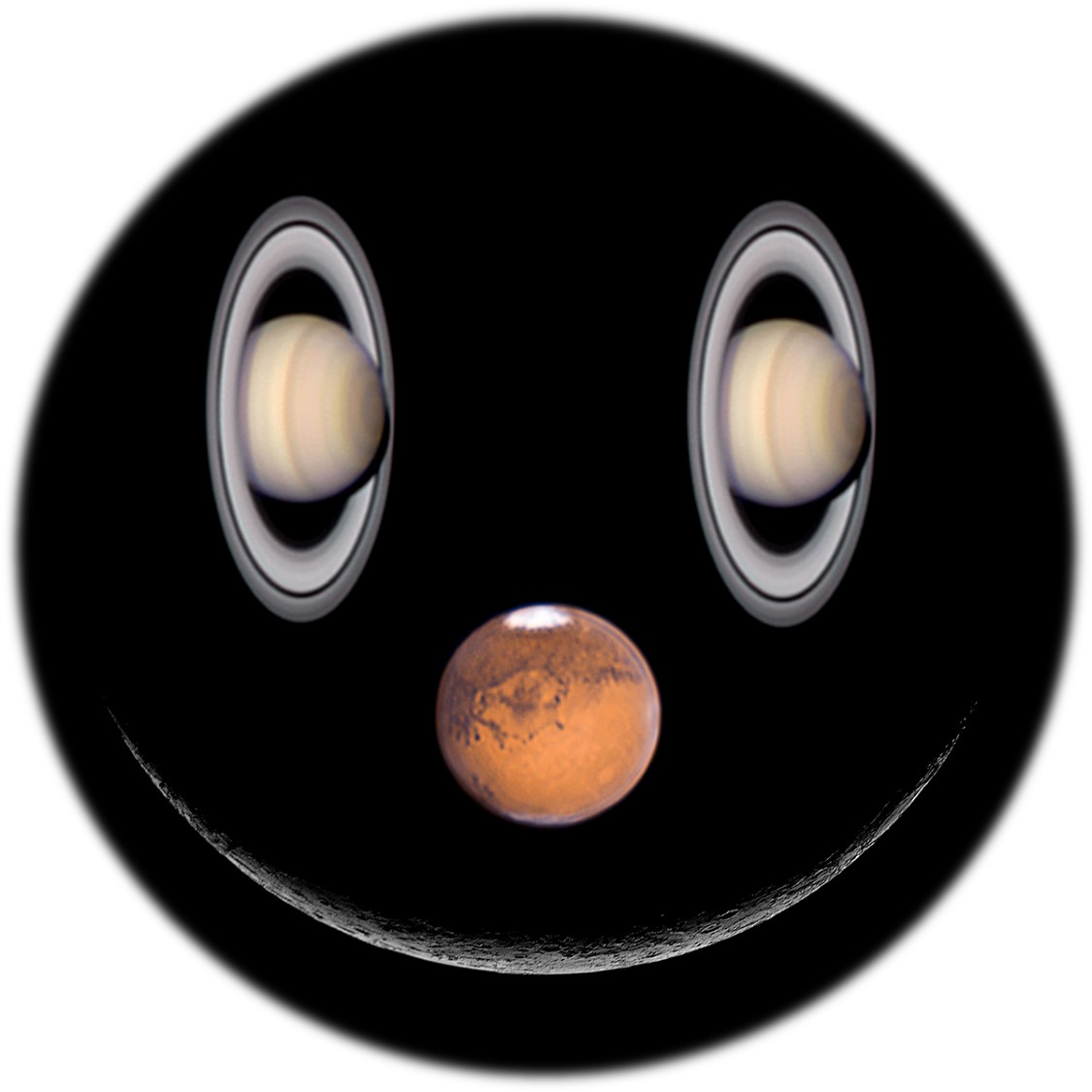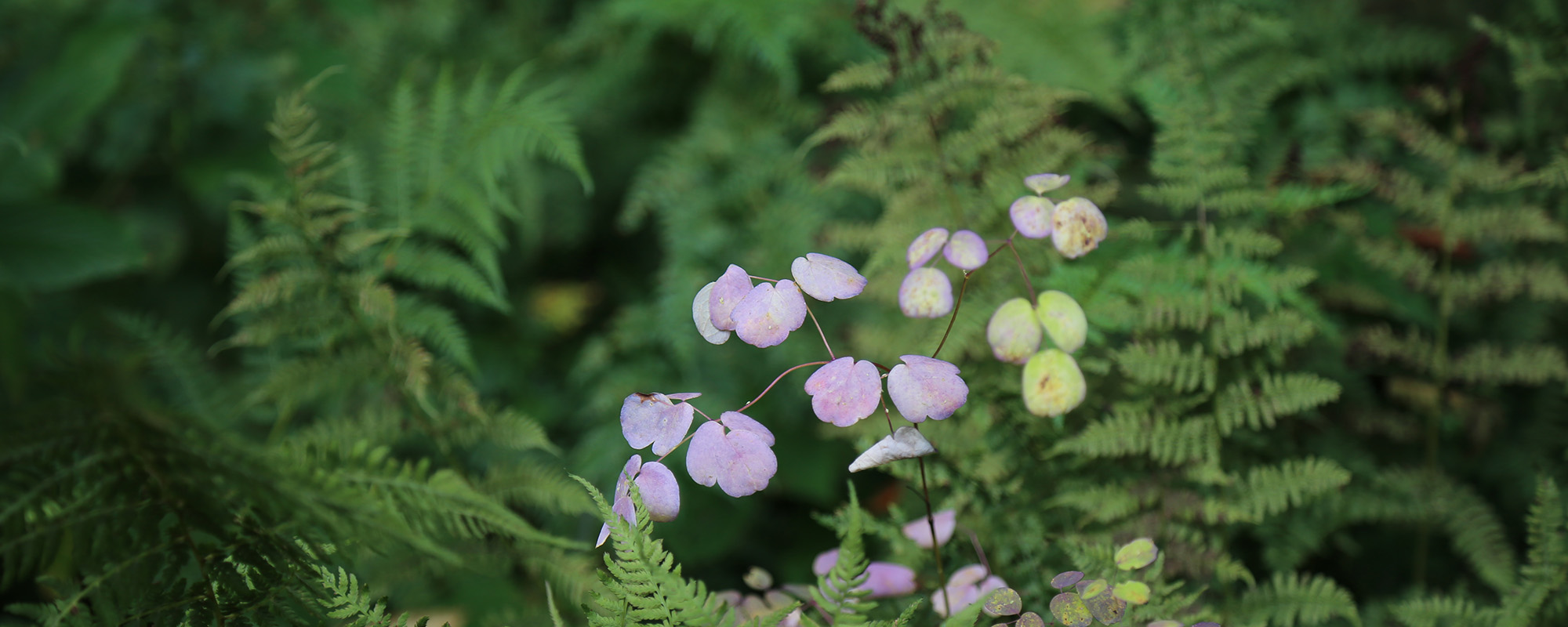When I was a kid, my dream was to become a scientist. I was fascinated with reading early discoveries in chemistry, physics, and biology. Those scientists were my heroes.
Following a series of random and not so random events in life, I end up being an engineer, which I am equally happy about.
For a long time, I didn’t see much difference between science and engineering. We are all researchers. That was until I had my first proposal rejected by NSF, the National Science Foundation.
Scientists and engineers have different goals. Scientists discover and engineers create. Scientists observe something already exists (e.g., nature, universe, human society) and try to explain it. Engineers dream up something new (e.g., a bridge, a rocket, a material) and try to make it real.
For these reasons, scientists and engineers think and work in nearly opposite ways. Scientists observe, ask questions, form hypothesis, and then design experiments to test them. Engineers conceive designs, build prototypes, integrate parts into a system, and then perform evaluation.
If you ask an engineer to tackle a science problem, say why migrant birds often fly in formation; she/he may say let’s make airplanes fly in formation first, take measurements, and see what the data tell us. That was the kind of the mistake I made in writing my first NSF proposal.
Can someone function with both scientist’s and engineer’s minds? It’s very difficult. If you have sat in a meeting with both scientists and engineers, you would know that they don’t really speak the same language or live on the same planet (imaging adding a few artists into the mix!). Heck, they don’t even look the same. But the ability to handle difficulty is what sets one apart from the rest. I don’t have enough knowledge to comment on the importance of engineering to science, but in my opinion, it’s unlikely someone can be a great engineering researcher without sometimes thinking like a scientist.
Take robotics for example, we can always dream up robots that are more refined and algorithms that can squeeze out a few percentages of performance gain. In fact, we always want to do that because as engineers we feel itchy about flaws we can see, and improvements not made. Most of us live comfortably (or not so comfortably) in the cocoons we carefully engineered for ourselves. Every piece of silk we lay makes our world smaller. We are occupied and always so busy; while in the meantime, we ask, why innovation is so hard?
If only we could use some of our silk to explore, to take us to the next tree, and help us see a different world! What about taking a break from solving problems; spend some time to observe, ask why instead of how? We would be thinking like a scientist with the creativity and hands of engineers.
Of course, it would take a risky and painful transition to break the cocoon. But there is also no reason this cannot be done. Someone clearly had the wisdom at WVU a long time ago. After all, my office is in the Engineering Science Building (ESB).

